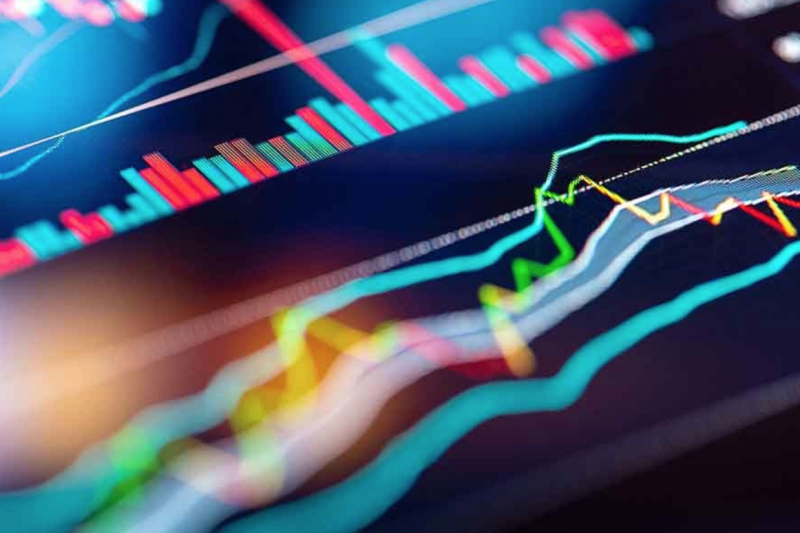by Liz Ann Sonders and Kevin Gordon, Charles Schwab & Company Ltd.
While a spike in global market volatility has prompted some investors to think a Fed response is imminent, we caution against thinking that intervention is a bullish development.
Unrest in markets around the world has cast a wider, darker cloud over the global economy and added to the laundry list of risks that have weighed on asset markets. At least in the near term, it is difficult to see most of them—not least being the Fed's aggressive tightening cycle, ripple effects from the war in Ukraine, and a spike in volatility across multiple markets—abating and allowing for a meaningful lift in growth and/or stocks.
The pre-turbulence turbulence
More lows to go?

Source: Charles Schwab, Bloomberg as of 9/30/2022.
Unruly members

Source: Charles Schwab, Bloomberg, as of 9/30/2022.
Indexes are unmanaged, do not incur management fees, costs and expenses and cannot be invested in directly. Past performance is no guarantee of future results. Some members excluded from year-to-date return columns given additions to indices were after January 2022. "N/A" indicates index has fallen beneath either its YTD or 52w low.
Reverse, reverse

Source: Charles Schwab, Bloomberg, as of 9/30/2022.
Indexes are unmanaged, do not incur management fees, costs and expenses and cannot be invested in directly. Past performance is no guarantee of future results.
Altitude drop

Source: Charles Schwab, Bloomberg, as of 9/30/2022.
S&P 500 sectors shown. Indexes are unmanaged, do not incur management fees, costs and expenses and cannot be invested in directly. Past performance is no guarantee of future results.
Can't stop the feeling
No more hibernation

Source: Charles Schwab, Bloomberg, as of 9/29/2022.
AAII=American Association of Individual Investors.
In addition, flows into equity funds today are still quite strong and haven't indicated an acute degree of pain. In other words, investors are saying they feel incredibly bearish, but they haven't reflected that in their portfolio positioning. As shown below, SentimenTrader's (ST) Panic/Euphoria model includes multiple behavioral sentiment metrics such as put/call ratios, fund flows, and margin debt. While the model has dipped back into the panic zone, it isn't quite yet consistent with prior bear market lows (such as those seen in March 2020, March 2009, or October 2002).
A mild panic

Source: Charles Schwab, SentimenTrader, as of 9/30/2022.
Is it break time?
Yields now yielding

Source: Charles Schwab, Bloomberg, as of 9/30/2022.
The flock to dollars

Source: Charles Schwab, Bloomberg, as of 9/30/2022.
Data indexed to 100 (base value = 12/31/2021). An index number is a figure reflecting price or quantity compared with a base value. The base value always has an index number of 100. The index number is then expressed as 100 times the ratio to the base value.
Not only that, but the pace of the Fed's rate increases, stronger growth prospects (relative to other countries), and distance from the European energy crisis, have likely also added to confidence in the dollar. For many countries, increased U.S. confidence has been a relatively painful price to pay. As shown in the chart below, when measured against a specific basket of major developed-market currencies and adjusted for inflation, the dollar is near its strongest level since the mid-1980s.
Under pressure

Source: Charles Schwab, Bloomberg, Federal Reserve Bank of St. Louis. U.S. Dollar Index as of 9/30/2022.
Real U.S. Dollar Effective Exchange Rate as of 8/31/2022. Real Effective Exchange Rate is a measure of a currency's value against a weighted average of foreign currencies divided by a price deflator. The chart shows the narrow version, which covers a subset of global currencies.
When you wish upon a pivot
Move over, stocks

Source: Charles Schwab, Bloomberg, as of 9/30/2022.
ICE BofA MOVE Index is a yield curve weighted index of the normalized implied volatility on 1-month Treasury options. J.P. Morgan Global FX Volatility Index tracks three-month option volatilities.
On the other hand, recent improvements in economic data have also been less bullish for risk assets, given the Fed wants to see evidence of increased slack in the labor market, slower growth, and tighter financial conditions. As such, the path to a soft landing continues to narrow—paving the way for an elevated risk of recession as certain markets (notably U.S. housing) start to show signs of breakage.
In sum
Copyright © Charles Schwab & Company Ltd.
















